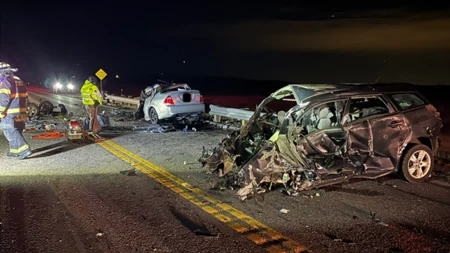Russian Drone Incursion into Romania: Brief Overview
In a concerning development along NATO’s eastern flank, Romanian authorities recently confirmed a brief incursion by a Russian drone into the country’s airspace. This incident happened just days after neighboring Poland reported similar Russian drone activity in its territory. Romanian officials were quick to note that the unmanned aircraft did not fly over any populated areas during its unauthorized entry into Romanian airspace, potentially minimizing immediate risks to civilians.
The incident highlights the growing pattern of aerial incursions near NATO’s borders as the Ukraine conflict continues to unfold. While brief in duration, such violations of sovereign airspace raise significant security concerns for NATO member states that share borders with Ukraine or Russia. Both Romania and Poland have been monitoring their airspace with heightened vigilance since the beginning of Russia’s full-scale invasion of Ukraine, as these countries represent the alliance’s eastern boundary.
Romanian defense officials implemented established protocols in response to the incursion, including alerting military air defense systems and notifying NATO allies of the situation. This coordinated response demonstrates the alliance’s interconnected security framework designed to address potential threats along its borders. The incident follows Romania’s previous detection of Russian drone fragments on its territory, believed to be debris from attacks on Ukrainian port infrastructure along the Danube River, which forms part of the Romania-Ukraine border.
Such incursions, while troubling, have so far been managed without escalation into broader conflict. NATO members have walked a careful line between supporting Ukraine and avoiding direct military confrontation with Russia. The alliance has consistently reinforced its commitment to defending member territories while working to prevent any misunderstandings that could lead to unintended escalation of hostilities.
For local communities near these border regions, these incidents bring the reality of the nearby conflict closer to home. Though Romanian authorities emphasized that this particular drone did not fly over populated areas, the psychological impact of such violations can affect border communities’ sense of security. Local and national governments continue working to reassure citizens while maintaining appropriate security measures.
As NATO countries continue to support Ukraine while protecting their own territories, these airspace incidents represent one aspect of the complex security challenges facing the alliance. The management of such incursions demonstrates the delicate balance required in responding firmly to violations of sovereignty while preventing dangerous escalation. Romania, Poland, and other eastern NATO members remain at the forefront of these efforts, maintaining vigilance while coordinating closely with alliance partners on appropriate responses to such provocations.










